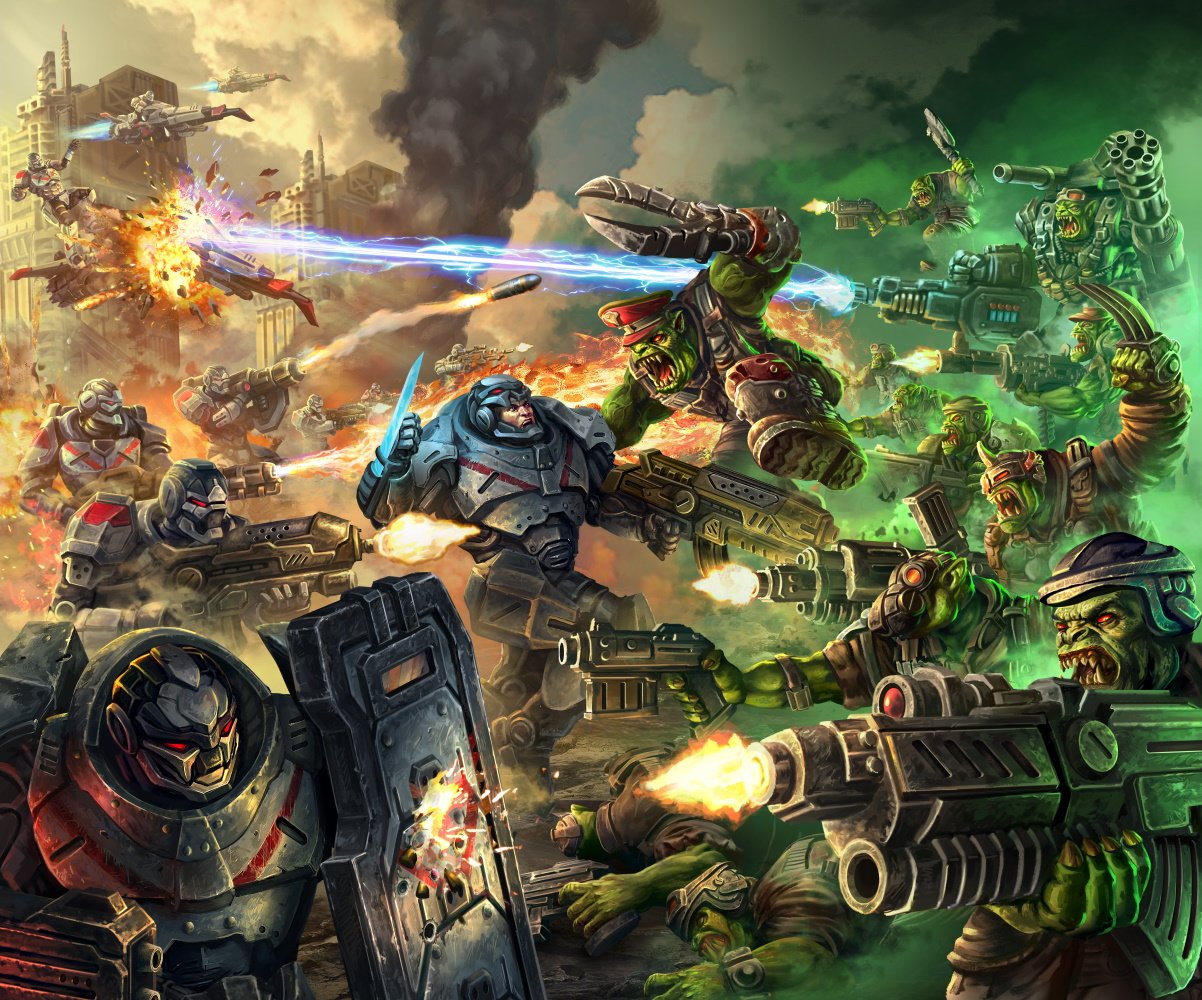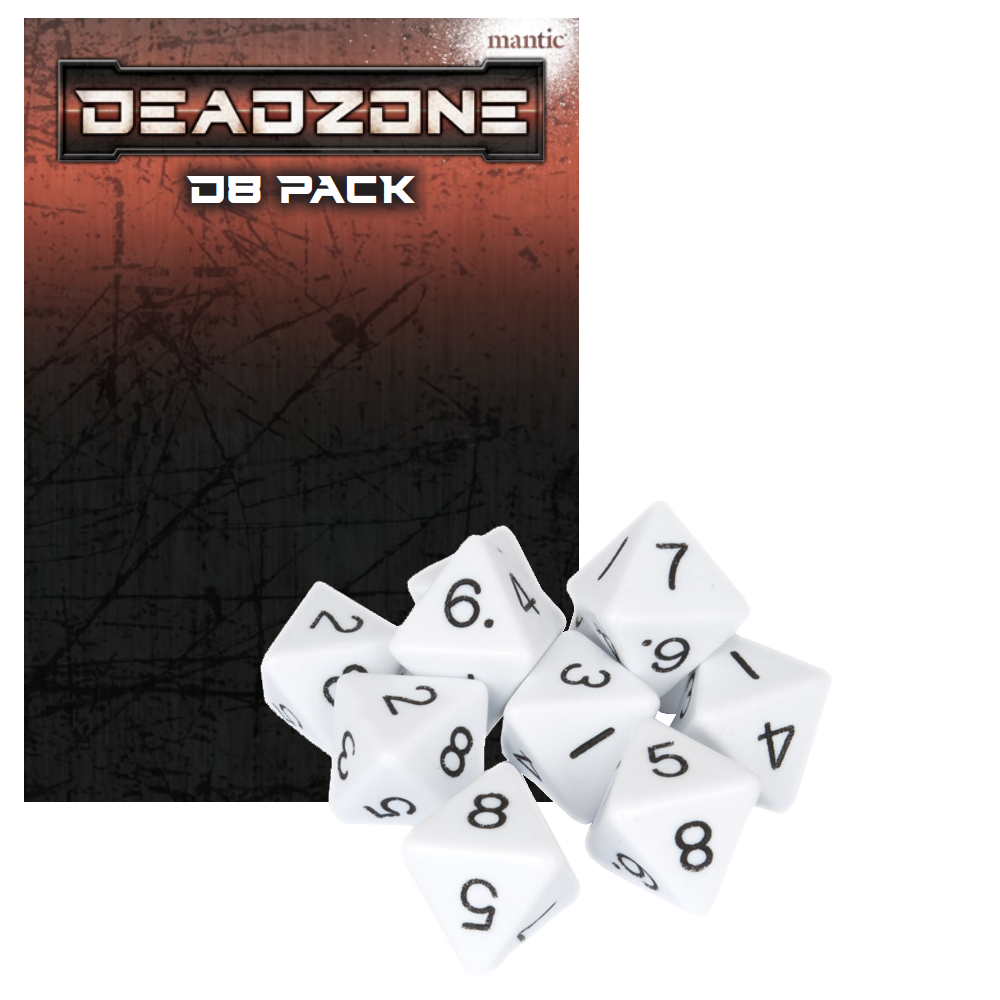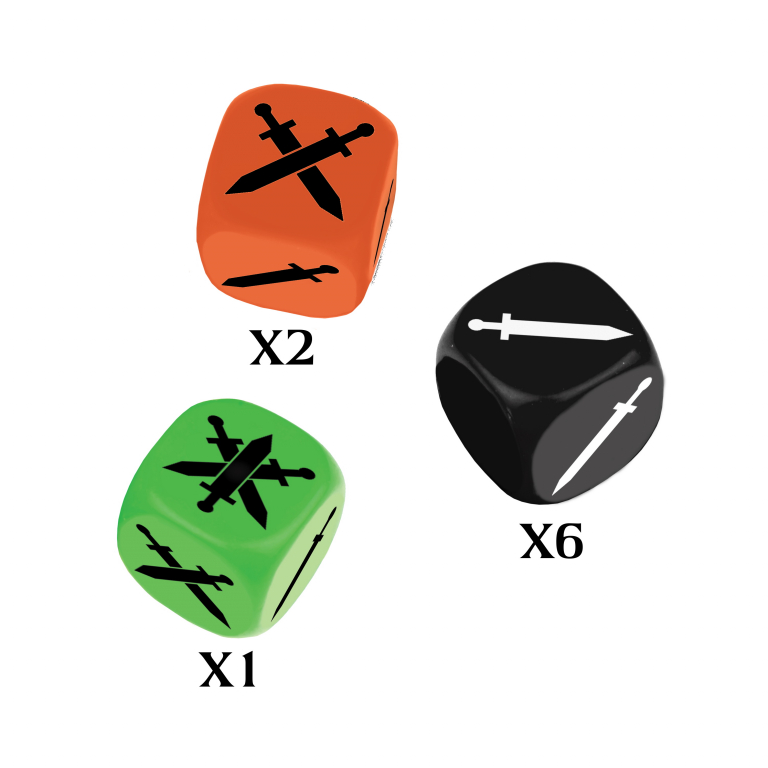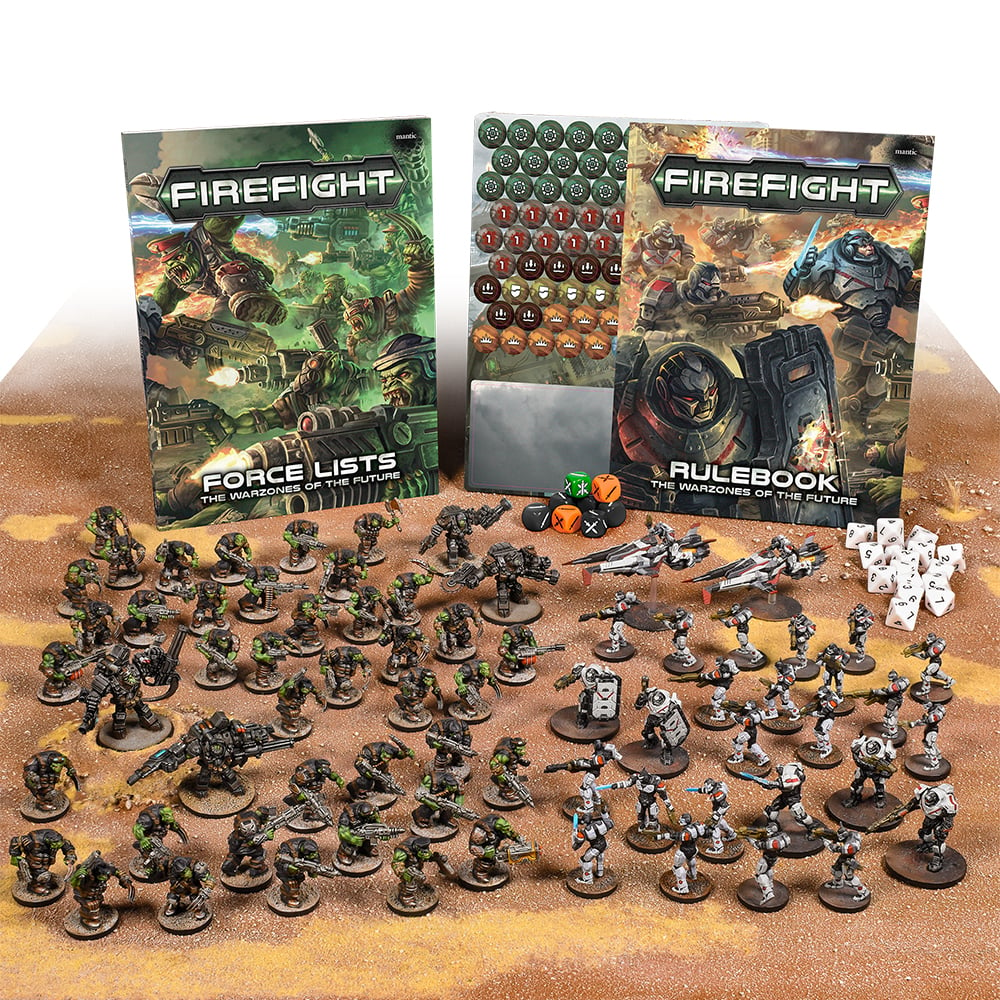Well hello dear reader,
to hold you over the holidays, I decided to bring you a “Firefight 2.0 pre-release” article.
First of all, I would like to thank Mantic Games, as they provided us (Pathfinders) with an advance PDF copy of the rules book and the factions book. This allows us to get a first taste of the game, and to prepare to do demos and test games ahead of the release of the system!
Probably “re-release” is more fitting, given that we are talking about a rework of the system here, and the switch to version 2.0. You can also read Mantic’s presentation of the game here.
What is Firefight 2.0?
At its core, Firefight is a Sci-Fi battle game set in an original universe, made by Mantic Games. It is designated as a “Squad Level Sci-Fi game”. On a personal note, I think “Squad level” is quite a misnomer: on average, you field 10 to 15 Squads of 5 to 10 (on average) models, plus Tanks, Aircrafts, and appropriately Sci-Fi war-gear like Walkers and anti-grav vehicles. So we’re talking about respectable sizes of armies on the table!

As per usual with Mantic, the primary focus is on a well developed and balanced system of rules, which allows for fast and tactically challenging games without much (or any) rules debate. It lends itself well to competitive play indeed, potentially assisted by chess-clocks for accurate (and strict) time allocation to each player. Firefight also offers a rich universe, and will let you create “your dudes” armies to tell cool stories, and create lists full of flair. It stands to mention that, from a first few readings of the faction book (because yes, ALL rules for ALL factions are in the starter book: there is no codex creep to be expected), the difference between a cut throat tournament list and a full “true to the background” list will be minimal. That should come to no surprise for anyone who has already seen and experienced Mantic produced rules, but it is certainly an interesting feature for everyone else who might be looking at it with curiosity…
The main Differences to well known Systems
So, where does Firefight differ from other similar well known systems? There are a few key elements I would like to point out.
Not everything is different…
The basics of the rules are easy to understand, and will look familiar to experienced wargamers. Models have movement values, shooting skill values, assault skills values, armor, wounds, … so far so good. Also, the rule book will explain to you what it means that “4+ is required for success” even though you probably already know how that one works. Those ways to handle things are tried and true, so why change them?
Where things differ (and differ a LOT!) is almost everywhere else, and in my opinion, things differ in a creative and very solid way.
Alternating Activations
First of all, Mantic did away with “I Go You Go” mechanics, which means: one player gets to play with all their toys, then the other gets to play their turn. I cannot overstate how thankful I am for this! It might be a question of personal taste, but the advantages of alternating activations are huge!
The game is packed with action for everyone, and downtime is at a minimum: pick one of your units, have it perform up to two actions (for example move and then fire), maybe use a command ability (more on those later), switch back to your opponent.
Games are therefore fast and highly interactive. It also creates an interesting situation, where order of activation becomes quite important, adding a strategic layer to the game – none of that “if I don’t get first turn I’m scr*wed and half of my army will die” terrible feeling.
Dice Rolling
One potentially surprising thing: the active players rolls all of the dice during an activation. This makes things flow much more easily: rolls to hit, rolls to beat armor, the other player removes casualties and that’s it, done! Onto the next activation.
While this may sound off putting at first (at least it was for me, when i did start with Mantic games) the advantage is, the game becomes quite faster, and with alternate activations, it’ll be your turn to roll dice quite soon! It might be argued, that the defending player doing the armor saves for their models, gives them the “last say” in what happens to the unit, but if we are honest, we are talking dice rolls: hardly “having a say”.

Oh, did I mention that the standard die is NOT your good old six-sided die, but one with eight sides? Well now I did! It gives more options to give flavor to units, and is quite nice to roll a different type of dice!
No True Line of Sight (LoS)
This one is quite big too. Line of Sight, meaning what your models can see and shoot at, does not use “true LoS”, like other games. True line of sight is this nice thing where if you see the tip of a weapon behind that huge building, by croutching on the side and arguing with your opponent for a while, you can wipe their unit.
Instead of doing that, Firefight takes inspiration from its fantasy brother: Kings of War. Each model and piece of terrain has a defined height value, in their profile for models and agreed upon before battle for pieces of terrain. Basic infantry is Height 2, no matter what model you have, or how dramatic of a base and pose you select for your model.
To determine if one model can see another (and shoot at it), while looking at the table with a top down perspective, you draw a line from your base to the target base, and check heights of all intervening elements (both shooter and target, other models between them, terrain element). This is simpler than it sounds, and removes basically every and all uncertainty and disagreements about “can this model really see that one and shoot at it?!”
To give an easy example: if your GCPS troopers (think human soldiers) of Height 2 stand behind a building of Height 4, they can not see over it, and can not be seen over it. Easy right? Even if some of your troopers are put on a tactical mountain, holding a 3″ long banner on which some aliens are gloriously impaled, they’re still Height 2 and what they can see or how they can be seen is very easily defined and verified.
This obviously allows any and all kind of interesting hobby projects, both for your models and for your terrain pieces. It also allows for rich, clear and yet easy to remember interactions from your models with terrain.
Keyword based Rules
Another thing that Firefight takes from Kings of War (and other Mantic games) is the extensive use of generic keywords. Every faction in the game relies on the same set of rules, that are referred to by the same keyword throughout all the factions. No need to remember the specific name for each faction of a standard thing, like a type of special armor save, or special weapon effect.
There is a well defined list of all the keywords and their effects in the rulebook, and so when you discover a new army list from an opponent, you instantly can understand what it does. At least, on a basic level: no gotcha with rules that you have never heard of… but maybe your opponent will surprise you with their tactic. On that front, we cannot really help you!
Measurement for Units from their Leaders
That point had me extremely skeptical at first. For any and all measurements, only the units leader model matters. It basically works like this: for movement, you only measure the distance to move for the leader, move that one model, and then all other models from the unit are placed around “in coherency” (within 3″ if there are 10 or less models in the unit, 6″ for 11 and more). The same goes for Line of sight and range. If the leader can see the target (closest visible model from the target unit) and range of your weapons as measured from them is OK, your whole unit can shoot.
While this level of abstraction was “mildly off putting” for me at first, after having played the game I have to admit it does absolutely speed things up, without opening any situations for abuse.
So while bewildering at first, the solution feels elegant and fluid, since you don’t have to measure for every single model in units. I think we can all also admit that nobody actually measures for every single model in units, and so this rule to rely on the leader exclusively puts something most people do anyway (measure for one model and put the rest back into formation) into a rule.
Leaders are made to…. Lead
Firefight has a system for command points, which you can use to do activate different command abilities. So far, nothing unknown here. One of the key differences to other systems is that command points are generated at the start of the round, via the roll of special six sided command dice.

Each faction has access to different amounts of command dice, depending on which leaders and units they put on the battlefield. It also is important to note, you cannot have your strategy entirely rely on command points and combos, since you may very well be starved for command points for one round, if the dice are not agreeing with your plans.
Each faction has three (not 36) special abilities that can be activated by spending command points, and commanders usually have a specific, unique command ability they can activate by spending command points.
Combat wise, most leaders are nothing to write home about, so Hero Hammer is not really a thing (bare some exceptions), but if you lose them, you will not getting the relevant Command Points, and you will lose the capabilities provided by those special abilities.
Lethality
Lethality in this game is very low. While I see how sometimes it can be fun to just delete your opponents models from the table by the truckload, personally I prefer the low lethality of Firefight where the chances of “tabling” your opponent in one or two turns are close to zero.
From a tactical perspective, this is much more satisfying. Focusing your resources on removing major threats (and making the right decisions about which ones are major) becomes more important. Units are simply unable to remove a target of the same size as them in one go. So focusing in the right targets, with the right timing is crucial. Given that activation changes back and forth between the two players, if you start focusing on taking out a not yet activated unit, your opponent can simply activate it next, and move it away from the threats.
Adding to that is the so called Broken status. As soon as a unit lose more than 50% of its starting members, it has to test at the end of each round against it Nerve value (think moral here). If the unit fails, it will run away. So, yes, units can be destroyed, but usually not in one go, and there are many ways to mitigate this.
A First Summary
While all of the changes above might seem bewildering, or nice to have but nothing to special,
when you add them up, the system really starts to show its strengths and depth. From list building to playing out your strategy, this rule set positively impacts most of the usual approaches from tabletop games, asks entirely new questions, brings entirely new and interesting challenges.
As a first summary after having seen the rules in action on the table, I would say that we are looking at a solid Mantic System here: easy to understand, easy to play, but with lots of tactical decision making, a lot of depth, and interesting challenges that let each player grow as a great general by actually getting better at the game.
Given the usual very well done balance with Mantics systems, it is safe to expect that all units and all armies will be viable to a degree. Usually the weakest units in Mantic games are still quite playable, but require rather specific approaches to list building.
Adding to that, Mantic army sets come with very affordable prices, and well thought out contents. On average the army deals give you just about 1.000 Points, and all of the included units are viable and work together rather well. 1000pts is already a decent size to play at, and you can later on expand to 1500 and even more for full size games.
So, joining the growing Firefight community should be rather simple: get yourself a starter set if you like either of the two included factions, or a strike force, and see from there!
Locally we are also happy to help you discover the system with test games, using borrowed armies or your own models used as proxies. Join our Firefight channel on the Discord server and ask around!
If you also want to get some ideas about how the game is played, you can check Mantic’s youtube channel, with some presentations of the rules, or look for battle reports from various community channels.

